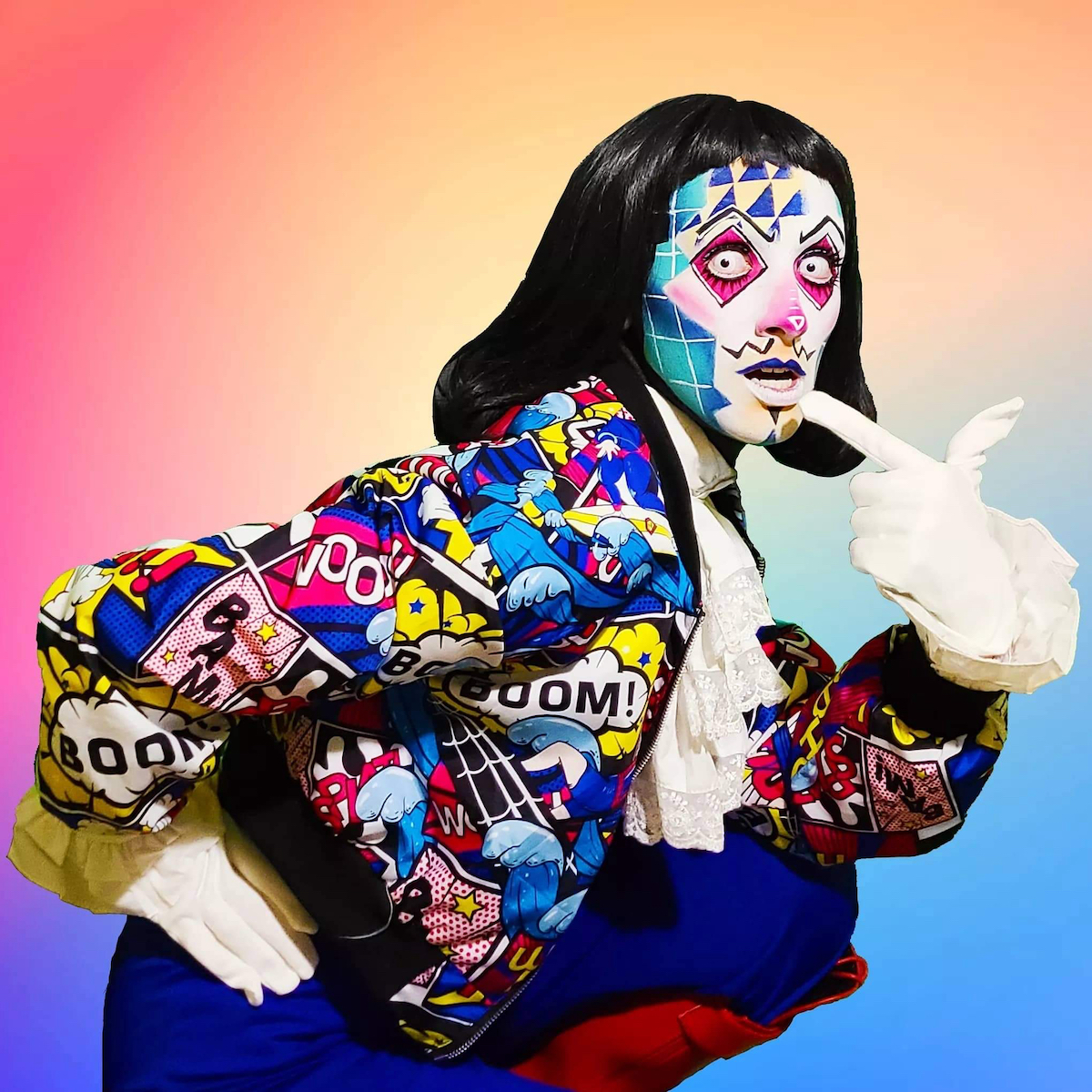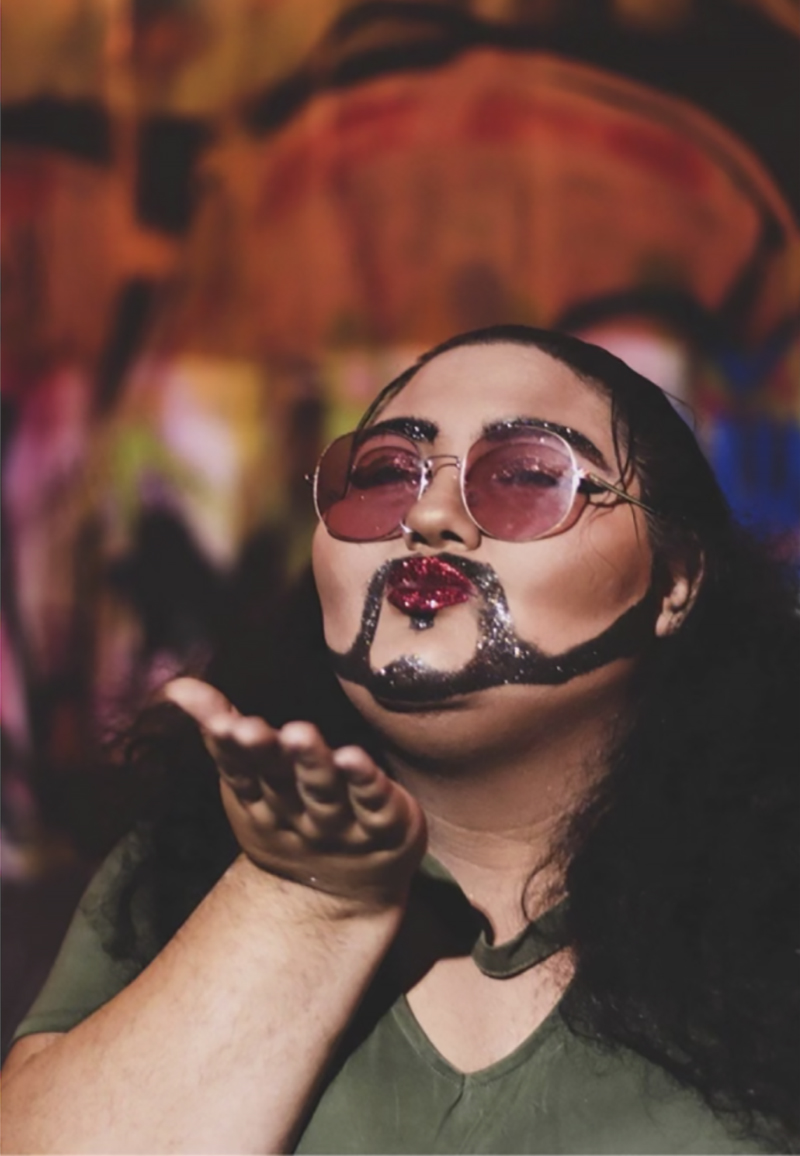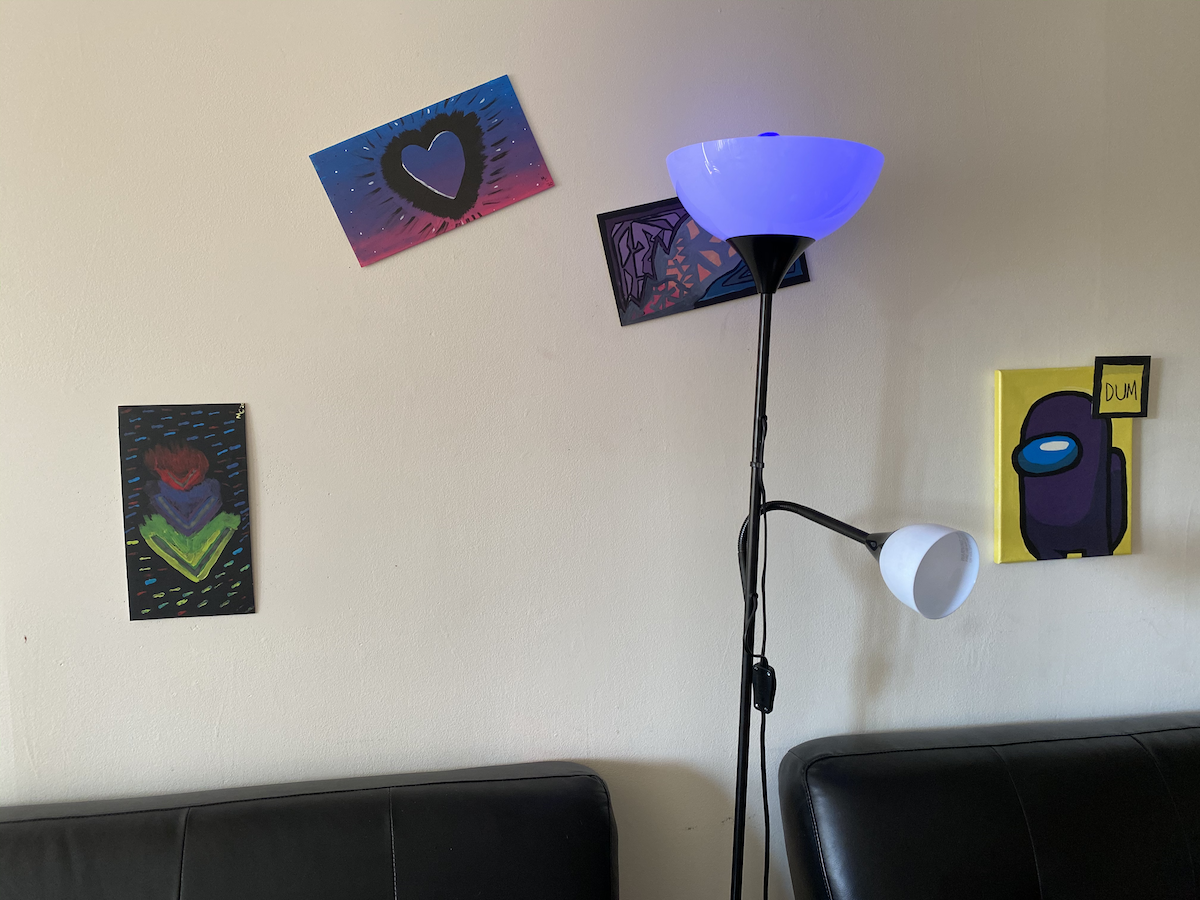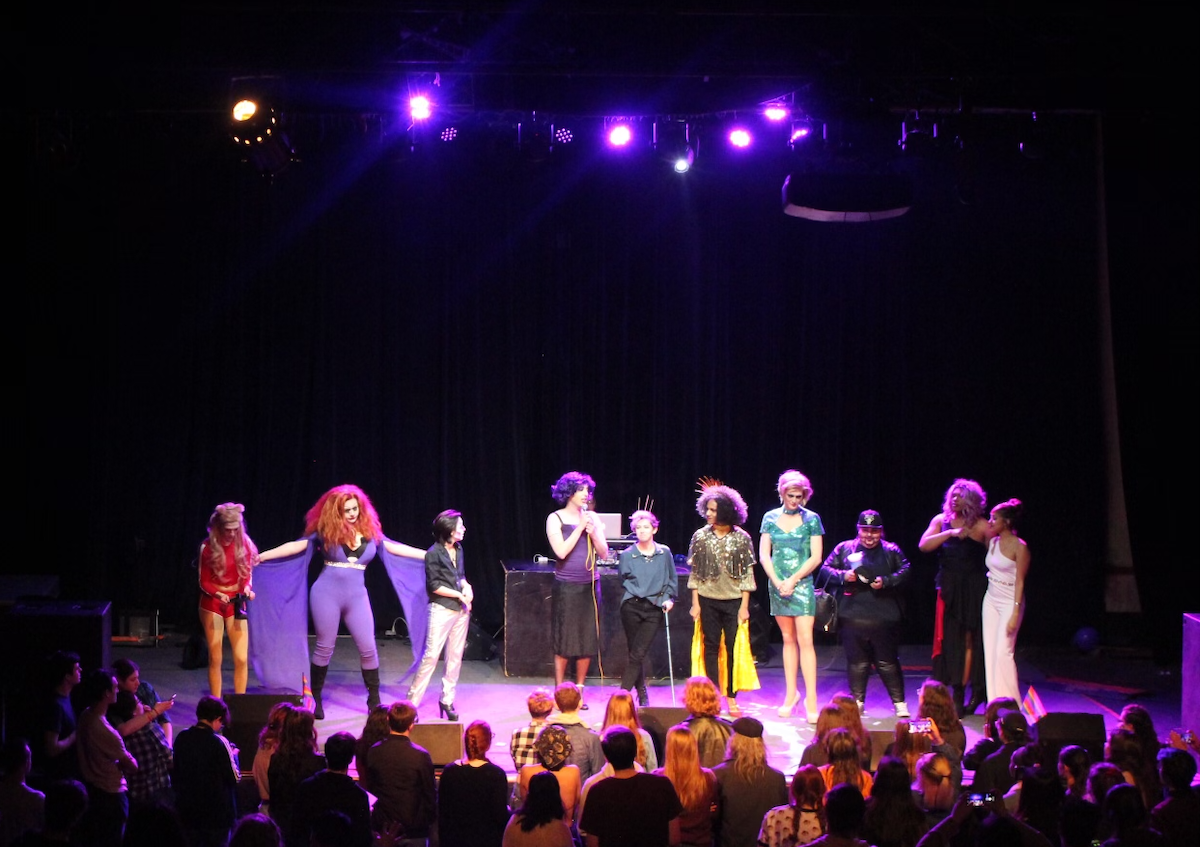It doesn’t come as a surprise that the performing arts industry has been taking some serious hits these past few months. For those on the inside, finding a way to maintain stability and normalcy has been anything but easy.
One of the most unique and strongly identified arts communities in Champaign-Urbana is the drag scene. While small and tight-knit, local drag performers have made a significant splash in bars, clubs, regional theatres, and university life on campus. This palpable cultural impact has made the transition to a largely online format even harder for the folks who made it happen.
“As soon as COVID happened, it was game over,” says local drag performer Milagro Cortez, known onstage as Xavi Cado or *AHHH*. “I tried online performances, which kind of worked out because I always wanted to try and do little music videos here and there, so I got to do that. But I definitely miss the social interaction with fans. And the gratitude of being there with them.”
Jess Schlipf, known as Spank Knightly in drag, feels a similar sense of loss. “I think I’m a lot more energetic onstage, and I think people notice that… than I am in prerecorded shows,” they admit. However, there are some significant positives to an online format.

Photo courtesy of Jess Schlipf.
“One of the things that was an issue that I’ve noticed while I was at different bars… is that oftentimes bars aren’t all that accessible for performers and/or people who want to see the shows,” they add.
This observation is overwhelmingly supported by available data. Out of 121 restaurants listed on the Access Urbana-Champaign website, only 19 are listed as having excellent accessibility. In contrast, online streams eliminate physical barriers to inclusion. Efforts are currently being made to improve other elements of accessibility, such as closed captioning and visual descriptions, in this format.
But online events don’t only improve accessibility for people with disabilities; anyone from anywhere with access to the internet now has a world of arts events ready to stream at their fingertips.

Photo courtesy of Milagro Cortez.
“Like I could be in the bathroom at Macy’s and like, lemme just go on Zoom and do a number real quick,” Cortez jokes. “If I’m in an elevator for too long, I’m gonna do a number.” While these examples might be exaggerated, easy access to the online universe is a clear benefit for both audience members and performers.
“I’m also able to take my time a lot more with pre-recorded shows,” Schlipf notes. “I’m able to filter out what I do and don’t like a little more with pre-recorded stuff, so I think audiences can see something a lot more clean than on a live show.”
There has been a wide range of high-quality online drag performances released since the pandemic began. The sight lines, sound clarity, and cinematography incorporated into these online performances would be next to impossible for every audience member in a live setting.
Yet even when acknowledging all of the newfound benefits of online shows, there is no denying the loss of what can only be accomplished in person. For Cortez, it was the little things that made live drag so special.
“I miss sitting back in the corner and absorbing the personalities around me,” he says. “Getting ready with the queens… I just miss people.”
For both Cortez and Schlipf, the lack of energy and feedback from a live audience during their performances also puts a damper on the shows. The cherry on top of the cake, then, is the decentralization of a community so strong that Cortez refers to it as a “family”.
But life goes on. Since the onset of the pandemic, drag performers have found a multitude of ways to keep making art while making ends meet.
“We still keep in touch and stuff even after the pandemic started,” says Schlipf. “But yeah, I’ve been doing a lot of online shows for the most part. That’s been my way of still doing my art.”

Photo courtesy of Milagro Cortez
“Lately I’ve been doing more performances for the Mexican audience,” says Cortez. “I have friends in Mexico who are setting up Zoom shows.” She has also picked up painting as an additional quarantine hobby. And perhaps most importantly, they remain optimistic. “In the end,” they emphasize, “everybody’s in this together.”
Yes, drag shows look and feel different than they did pre-COVID. But that shift is now part of the artistic journey of the performers who are keeping the art of drag alive and well in Champaign-Urbana.








